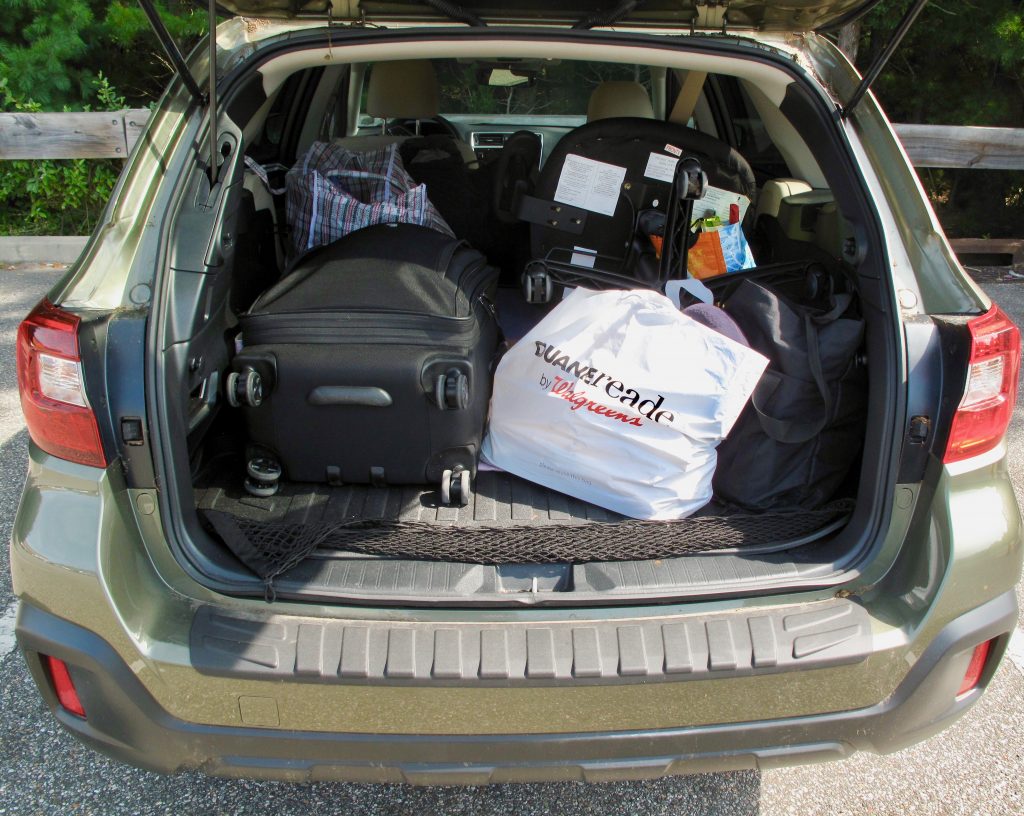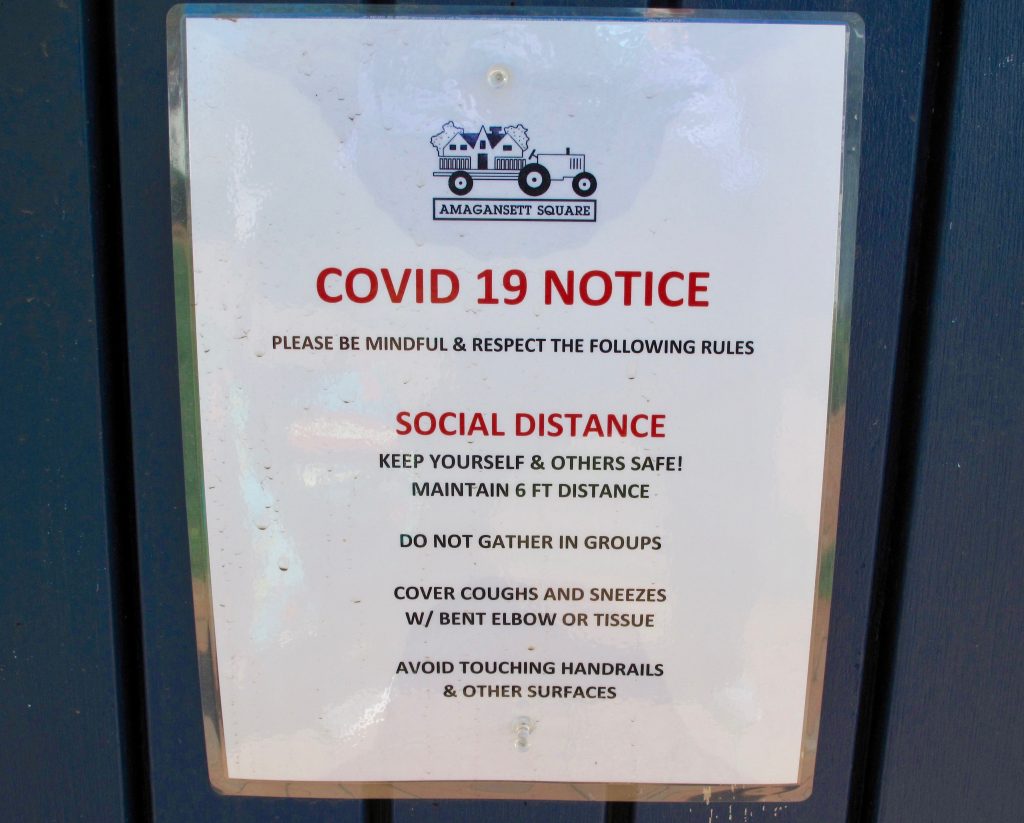
Tuesday, September 22
A second wave of COVID-19 is surely coming to America. That second wave is already happening in Europe—which means it will be here before too long.
At least 73 countries are seeing surges in new cases. France just experienced 10,000 new cases in one 24-hour period. In Britain, the government’s chief scientific adviser says that the country could see 50,000 new cases per day unless more prevention measures are taken. Over a million people in and around Madrid are under a new lockdown. Israel, too, has imposed a second lockdown.
Nearly one million people have died worldwide since the emergence of the novel coronavirus in late 2019.
So we’re both relieved and anxious about going back to our East Hampton house today. We’ve loaded—perhaps overloaded—our car with food, heavier clothes, and other essentials.
During the six months we were out in East Hampton before, stretching from March through August, I got used to a different rhythm of life. Part of this was due to daylight-saving time changes, and part due to the shifting of the seasons. In April, the sun would start to peak up above the Eastern horizon at around 5 a.m. This would alert the birds, who seemed in a competition to be the first to sound the alarm. Some days I would try to sleep through their cacophony. On other days, I would surrender and get up, make coffee and oatmeal, and begin reading the newspaper.
In New York City, there’s noise all night long: wild men screaming or shouting their personal grievances, which echo all along the 14th Street high-rise canyons. Honking horns, blasting sirens and fire-engine klaxons, and the ambient sound of whizzing vehicles. Sometimes you get the grinding, crunching racket of huge garbage-truck compactors. Then there’s the construction noise from workers throwing up yet another—and much needed—luxury high-rise building.
Strangely, when we first went out to East Hampton, I was more accustomed to sleeping through the urban noise. It was the sounds of nature that disrupted my snoozing.
There will be new changes, related to the coming of winter and perhaps harsh weather. The heating system in the house has its own set of sounds, as the furnace comes on and shuts off.
But it can be soothing to snuggle under a down comforter during long, cold nights in the country.
Dinner: Thanks to Halsey’s farm stand in Water Mill, we’ll be having fresh mozzarella cheese with sliced tomato and basil and fresh corn on the cob.
Entertainment: More episodes of the always surprising Ozark and Borgen.

